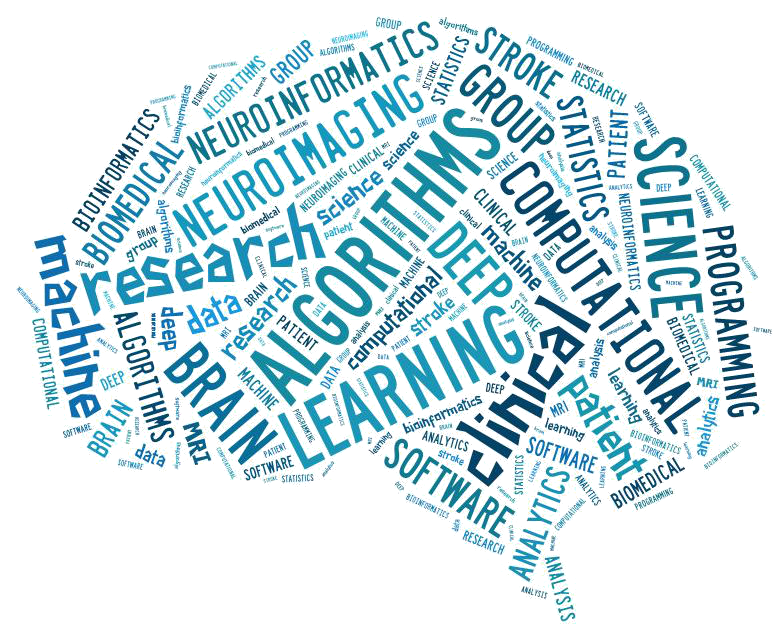Date Published:
2007 JanAbstract:
There is increasing interest in using algorithms combining multiple magnetic resonance imaging (MRI) modalities to predict tissue infarction in acute human stroke. We developed and tested a voxel-based generalized linear model (GLM) algorithm to predict tissue infarction in an animal stroke model in order to directly compare predicted outcome with the tissue's histologic outcome, and to evaluate the potential for assessing therapeutic efficacy using these multiparametric algorithms. With acute MRI acquired after unilateral embolic stroke in rats (n=8), a GLM was developed and used to predict infarction on a voxel-wise basis for saline (n=6) and recombinant tissue plasminogen activator (rt-PA) treatment (n=7) arms of a trial of delayed thrombolytic therapy in rats. Pretreatment predicted outcome compared with post-treatment histology was highly accurate in saline-treated rats (0.92+/-0.05). Accuracy was significantly reduced (P=0.04) in rt-PA-treated animals (0.86+/-0.08), although no significant difference was detected when comparing histologic lesion volumes. Animals that reperfused had significantly lower (P<0.01) GLM-predicted infarction risk (0.73+/-0.03) than nonreperfused animals (0.81+/-0.05), possibly reflecting less severe initial ischemic injury and therefore tissue likely more amenable to therapy. Our results show that acute MRI-based algorithms can predict tissue infarction with high accuracy in animals not receiving thrombolytic therapy. Furthermore, alterations in disease progression due to treatment were more sensitively monitored with our voxel-based analysis techniques than with volumetric approaches. Our study shows that predictive algorithms are promising metrics for diagnosis, prognosis and therapeutic evaluation after acute stroke that can translate readily from preclinical to clinical settings.
